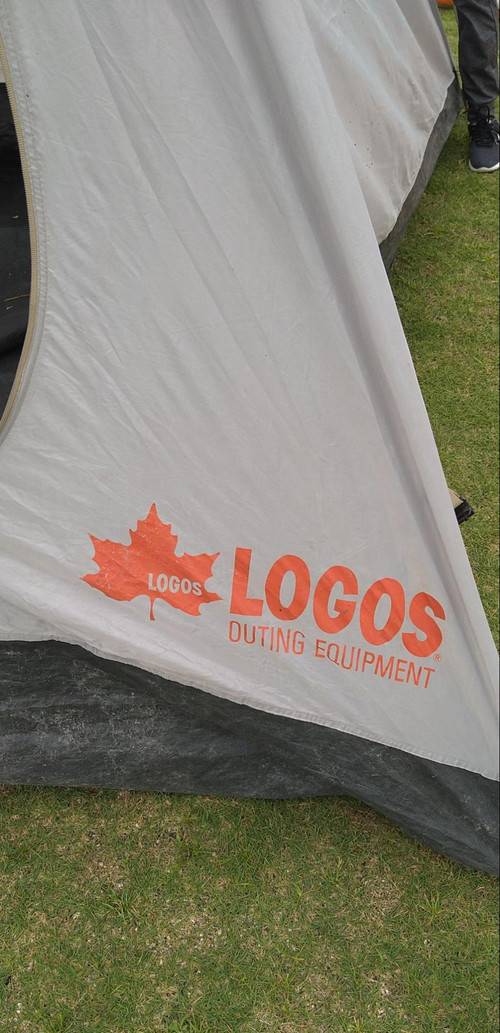
Today, I’d like to take a step back from musical topics to talk about “Outdoor Activities and Disaster Preparedness”.
Although I can’t claim expertise in teaching music, I do have experience guiding others in outdoor activities.
Twice a month, I work with local kids in these activities, helping to foster healthy youth development.
However, in recent years, fewer children are interested in outdoor activities, and only a handful participate. The same goes for adult volunteers who lead these events; the numbers are dwindling.
About a decade ago, a senior colleague invited me to join, and I’ve been helping out as an instructor ever since.
The focus of our activities is based on the motto: “Be Prepared.”
The idea is to train and learn so that, even in a disaster or other emergencies, we can respond effectively.
Acting with this mindset, we aim to raise youth who will contribute positively to society as adults.
This is our policy (it sounds extreme, but to summarize, this is what we do).
That said, this kind of message doesn’t exactly resonate with kids (nor with most adults!), especially today’s precocious youth.
That’s why we combine ‘disaster preparedness training’ with ‘education’ during outdoor activities, making it an enjoyable and engaging experience.
Learning this way builds not just ‘knowledge’ but also ‘action readiness’, which is essential in a real emergency.
To build this kind of readiness, regular practice is essential—training ourselves to create a basic living environment from scratch.
This includes setting up a shelter for eating and sleeping with materials at hand, as well as learning to start a fire, among other skills.
Are you interested in outdoor activities? Do you have your own disaster preparedness gear?
Perhaps you’d like to start but don’t know what you need, or maybe you don’t want to spend money on items you rarely use. To begin with, you’ve never even done any outdoor activities.
Here’s some good news for those who feel this way!
Many of the tools used for outdoor activities (such as camping) are actually incredibly useful for disaster preparedness.
Before diving into full-scale outdoor activities, you can use these tools at home and even run a demo there before trying them out in the field (actually, testing them at home first is ideal!). These items will serve you well both indoors and outdoors, as well as during emergencies.
So, in this article, titled “Outdoor Activities and Disaster Preparedness - Double the Fun When Done Together”, let’s look at how enjoying outdoor activities can help you gather useful disaster-prep gear.
Here we go!
■ Bedding
In outdoor activities, bedding typically refers to sleeping bags and related gear. Bedding is essential in outdoor settings.
Let’s be upfront: with bedding, ‘performance = price’.
For example, down sleeping bags are compact and incredibly warm, but they do require being aired out at home.
While maintenance can be a bit of a hassle, the warmth they offer is exceptional.
On the other hand, cheaper options tend to be bulkier and less warm.
I personally used a ¥2,500 sleeping bag, but it became too bulky, so it’s now just for home use!
Sleeping bags usually have a temperature rating, so you can check that and decide based on your budget. (After all, it’s an item that impacts your safety.)
To reiterate, the more compact and warm a sleeping bag, the higher the price.
Thinking, “It’s my first time, so a cheap one will do”?
Actually, this outdoor bedding can also be used at home (of course!).
And since it’s made for outdoor use, it’s durable.
Even in a power outage during the dead of winter, you’d be well-prepared!
LOGOS / Antibacterial & Odor-Resistant Machine-Washable Sleeping Bag
This sleeping bag is highly recommended.
It’s washable and has antibacterial treatment. So, even in seasons when frequent washing isn’t practical, you can still feel confident.
These features are great advantages over a typical comforter.
Plus, it’s reasonably priced.
Based on my experience, a mummy-style bag is best for winter, while an envelope-style bag works well for summer. For those who prefer seasonal options, keep this in mind.
For outdoor comfort, ground insulation is essential.
Typically, people use a reflective mat to stay insulated from the ground, but this cot, which resembles a portable bed, is also recommended.
Not sure if you’d use it indoors, but if you’re looking for comfort while camping, this cot is a great choice.
It’s easy to set up, offers ample space, and is affordably priced.
LOGOS / Tradcanvas Comfort Bed
Even aside from emergency preparedness, it’s a good idea to have extra tarps or picnic blankets on hand.
LOGOS / Insulated Waterproof Picnic Thermo Mat (195×155 cm) (LOGOS LAND)
In the worst-case scenario, sleeping on this mat in a sleeping bag is also an option.
I’ve seen some instructors laying down a mat, placing a tarp over it, and then setting up a tarp shelter with poles to sleep under — quite a clever setup!
■ Cooking Equipment
Cooking equipment can be used both in everyday life and during outdoor activities.
I personally use outdoor cooking utensils at home as well.
The reason is simple: “I want to be able to use them immediately when the need arises.”
By using them regularly, I can make sure they are helpful during outdoor activities or emergencies.
Typically, I advise the children to open and use any new equipment they buy at home first.
Above all, when it comes to cooking utensils, there are countless details to consider, from how to wash them to how to break them in. However, if you use them regularly, you won’t have to worry about those little things.
Now, let me introduce some outdoor cooking utensils that can also be used at home.
A Sierra cup is very convenient to have.
LOGOS / Sierra Cup
The Sierra cup is a handy item to have.
I believe it’s essential for solo camping.
This product can be placed directly over the fire to heat water, making it incredibly convenient.
Additionally, it has measuring lines, so it can also be used as a rough measuring cup.
And if you’re using it with your family, I think a kettle would be a great choice.
LOGOS / Large Hanging Kettle
Don’t forget to prepare drinking water along with this for emergencies.
Next, let’s talk about the basics: the cooker.
LOGOS / Logos Cooker Solo Kit 900
When I’m out for outdoor activities, I use a cooker for more than 90% of my meals, whether it’s cooking rice or preparing other dishes.
There are various types available, so try to choose a few sizes.
You can cook rice in one pot while making soup or curry in another.
A cooker, which is convenient for both cooking and serving, is definitely a must-have.
Additionally, you can choose from materials like aluminum, stainless steel, and titanium, each with its own characteristics.
Aluminum is lightweight and easy to handle, stainless steel is durable for heavy use but a bit heavier, and titanium is light and strong but a bit pricey.
I personally use stainless steel because I use it frequently, but I’m in the minority—most of my friends choose aluminum for portability.
If you’re looking for a frying pan, check this out:
LOGOS / Logos Grill Sandwich Pan
You can use it on just one side, and it’s great for toasting bread.
It’s a trendy piece of gear! Imagine starting your weekend mornings with a delicious hot sandwich... how nice is that?
I often grill edamame after my kids have gone to bed and enjoy it with beer late at night.
It’s surprisingly versatile (it’s my go-to).
Also, don’t forget disposable chopsticks.
In case of emergencies when there’s no running water outdoors, it’s a good idea to have plenty of disposable chopsticks on hand.
They are essential for sanitation. Reusable ones can be troublesome if you can’t wash them (to prevent foodborne illnesses, etc.).
Additionally, having paper plates is even better.
Moreover, once you’re done using these chopsticks (made of wood) and paper plates (also made of wood), they can be used as kindling for a fire.
★Point★
When it comes to cooking equipment, the approach differs between solo campers and families (3 or more people).
So, for families, utilizing household items is definitely an option.
On the other hand, solo campers may find that investing in specialized gear fosters attachment and encourages regular use, making training sessions more enjoyable. I often tell children to choose gear they like.
This way, they’ll take care of their tools and be more inclined to use them! (See? It’s getting fun!)
Now, I will introduce items separately for solo and family use.
〇 Solo Camping
For those living alone or solo camping enthusiasts, I recommend this gear!
This trendy item!
LOGOS / Hibarin
It’s genuinely cute and serves as both interior decoration and disaster preparedness equipment! A portable gas stove is not just for cooking hot pot; I learned from disaster survivors that it can be extremely useful in emergencies.
However, it’s more than sufficient for everyday use!
I think it’s a great point that it uses CB cans (long, slender cans) available at home improvement stores, local supermarkets, and 100 yen shops!
〇 Family Camping
If you already have a portable stove at home, how about a cast iron pot? Do you have one?
Surprisingly, many people don’t have a cast iron pot.
This is highly recommended for outdoor use as well as for home cooking.
Cast iron retains heat well, which is a big plus!
The only downside is that it’s heavy, but other than that, it has numerous advantages!
LOGOS / Logos Grill Sandwich Pan
By the way, when handling this, a pair of ‘100% cotton’ work gloves is essential. Be careful with gloves that contain nylon fibers, as they may melt (You’ll also need these when making a campfire during outdoor activities later).
Having said all this, you can never have too many cooking tools, and the chances of making a mistake are minimal. At the very least, they serve as containers for cooking.
Don’t be afraid to purchase and try things out.
What works well at home may not work as effectively outdoors, and vice versa.
Through repeated demonstrations, you’ll learn what works and what doesn’t, and you’ll be better prepared for emergencies. This is what disaster preparedness is all about!
■ Transport
This is a blind spot for beginners.
In outdoor activities, people tend to think about what to take with them, but they often get so focused on ‘loading the car’ that they neglect what happens after they arrive at the site.
It’s surprisingly common for the parking lot to be far from the campsite, so I found a useful product to introduce!
Here’s the cart I always take with me↓
Magna Cart / MCI Folding Steel Carry Cart with Load Capacity 68 kg
I actually bought this to transport my electric bass, but I only use it for camping, haha!
It’s convenient for carrying coolers and firewood.
This one cart has made things much easier for me.
I recommend it for both musicians and campers.
It’s great to keep at home or to take with you when you go camping by car.
LOGOS / Action Cooler 50 Gray
A cooler is not just for keeping food cold; it also keeps your items safe from animals that might smell the food.
I don’t want to think about it, but it can be useful in emergencies as well.
Even for just a few days, the benefits of being able to keep things cold are immeasurable.
Also, when transporting large items, consider this:
LOGOS / Rosy Luggage Carrier (Gr Logo)
You won’t regret having this.
It’s very helpful for transporting supplies.
Finally, try to fit as much as possible into one backpack, including your dishes, sleeping bag, change of clothes, and a 500ml bottle of water.
You only need to bring the essentials, so keep those in your backpack, and place any additional items where you can easily see them.
Having at least these basics will provide peace of mind in terms of disaster preparedness.
■ Tent & Tarp
Now, finally, we’ve arrived at the much-anticipated tent and tarp section.
When it comes to tents, the choice differs between solo and family camping, but generally, a larger tent is more versatile than a smaller one (this applies if you have a vehicle for transportation).
So, if you’re not concerned about transporting a larger tent, feel free to choose any kind you like.
On the other hand, if you’re traveling by train or motorcycle instead of a car, you’ll need to focus on weight, especially water resistance.
Based on my experience, I recommend purchasing a tent with a vestibule or one that is larger (for 1-2 more people than your group) whenever possible.
If you only buy a one-person tent for a train trip, you’ll find it’s cramped, and you’ll have to figure out where to store your gear! (Speaking from experience.)
At night, it’s essential to bring your belongings inside the tent as much as possible, so getting a larger tent is advisable.
Common problems include leaving shoes outside and waking up to find them soaked in the morning, discovering a centipede has crawled in and bitten you, or finding that food left outside has disappeared (thanks to crows or other animals). Mornings in outdoor activities can be full of troubles.
To avoid such issues, it’s necessary to keep your gear inside the tent, which is why I recommend a two-room tent or one sized for people + 1-2.
〇 Solo Camping
LOGOS / neos Touring Double - DUO-BJ
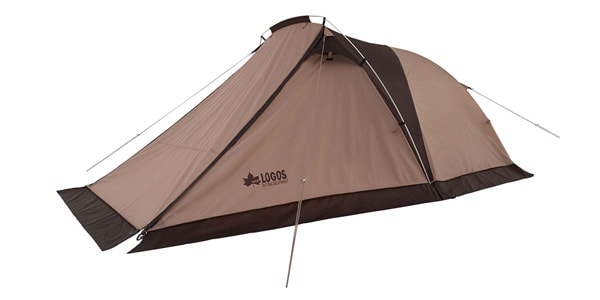
This is great! If you bring along two extra poles, you can set up a tarp for cooking in the vestibule during rainy weather.
It’s also ideal for touring and camping.
Rainy conditions can be quite troublesome, and having this single piece of fabric can make all the difference (I speak from experience with past mistakes).
〇 Family Camping
LOGOS / Tent Challenge Set neos Panel Screen Double XL-BJ
This is a classic.
It’s like the BOSS DS-1 in the world of effects pedals.
There’s a reason to introduce a classic product.
It’s best to buy a tent that everyone uses for your first purchase (Popular items tend to be quite convenient).
You usually can’t set up the tent at home after unpacking! (If you have a spacious garden, doing a demo before heading to the campsite is definitely an option!)
With a classic product, if you look confused at the campsite, seasoned campers will come to your aid. Young women often receive help even when they aren’t struggling at all (a mystery of the camping world).
Now, let’s talk about tarps.
There are mixed opinions on this, but four-legged tarps are very convenient. For solo campers, the tent mentioned above is sufficient.
For families, here’s one you might like:
LOGOS / Q Set Black Tarp 270
Actually, I use this during outdoor activities with the kids.
It’s extremely handy.
While seasoned campers might say otherwise, it really is useful.
I encourage you to compare this four-legged design with the classic hex tarp.
It can be pitched on asphalt without needing to hammer in pegs, making it quite versatile.
I think this is one of LOGOS’s masterpieces.
Furthermore, during summer outdoor activities, it serves as an oasis that provides shade.
I can’t count how many times this has come to my rescue.
As I’ve mentioned several times, be sure to bring this equipment along with a blue tarp or picnic blanket.
It’s essential, as it also provides a place to keep your belongings during pack-up.
■ Others
Batteries are essential.
You’ll need them for lighting when outdoors.
Whenever I purchase from Sound House, I always make sure to buy batteries.
They offer great cost performance beyond 100 yen stores!
I think it’s perfectly fine to have a plethora of lighting equipment.
So, let’s make sure to stock up on batteries; these are useful for everyday life, outdoor activities, and disaster preparedness.
Having a portable power supply would be even better!
Gimmick / GMP-2500BK Portable Power Supply
And this lantern is also essential.
LOGOS / Power Stock Lantern 2300 - Full Complete
There are also models with living waterproofing↓
LOGOS / Rosy Kururin Lantern (Living Waterproof)
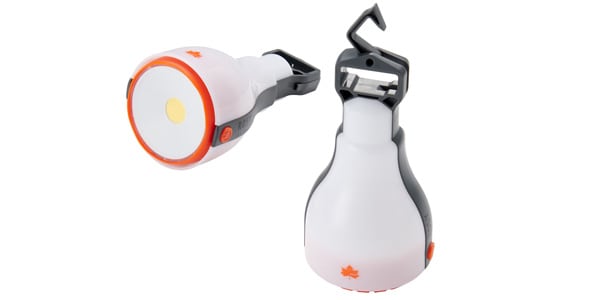
In any case, light is necessary.
It comes in handy in many situations.
Many people think a flashlight is sufficient, but surprisingly, a fixed light source is more important, so I strongly recommend having both a lantern and a flashlight.
For example, it might be a good idea to purchase a slightly more stylish lantern to use regularly. It can also serve as decor.
LOGOS / Logos Village Lantern (2022 Limited)
Additionally, keep a lantern near the entrance of your home.
It will be readily accessible in case of an emergency when you return, and I’ve been informed by construction professionals that the area around the entrance is often reinforced in the building’s structure.
■ Finally
In recent years, volcanic activity has become increasingly active on a global scale, and it’s often said that it’s not surprising if Japan is struck by a major earthquake at any moment. But how many people live with such considerations in their daily lives?
Furthermore, how prepared are we when we imagine an emergency?
In my area, we have a designated day every month to discuss disaster preparedness, but only a handful of people show genuine interest and participate.
While this article primarily focused on introducing items, the fundamental aspect of disaster preparedness is communication.
The equipment mentioned above becomes effective only when there’s cooperation with your neighbors.
First, look into what kind of activities are taking place in your community.
If you’re reading this and realize that you lack preparations for such disasters, please take a moment to search for “disaster preparedness”.
What you’ve just done and the camping gear mentioned can also serve as disaster supplies.
As I’ve mentioned several times, even adults need to maintain a playful spirit to continue these activities (The children say the same thing).
Additionally, don’t forget to prepare for rain with equipment like raincoats (rain suits) and rubber boots, which I couldn’t cover in this article.
An umbrella can be cumbersome when walking with luggage in the rain.
In recent years, those living in sturdy buildings like apartments are often required to stay home.
If it rains when you need to go out to collect emergency supplies, I believe it would be difficult to hold an umbrella while carrying heavy loads, making rain gear essential.
Please be mindful to prepare for equipment that you don’t typically use.
With all this in mind, I hope you can start enjoying fun weekend camping as an opportunity to prepare for disasters.
“You are the only one who can protect your life. You are the only one who can protect your family.”
Thank you for reading until the end.

The “sound & person” column is made up of contributions from you.
For details about contributing, click here.





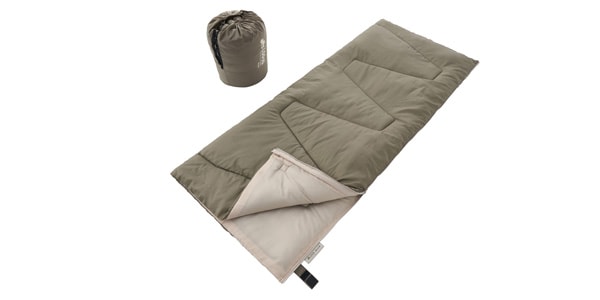
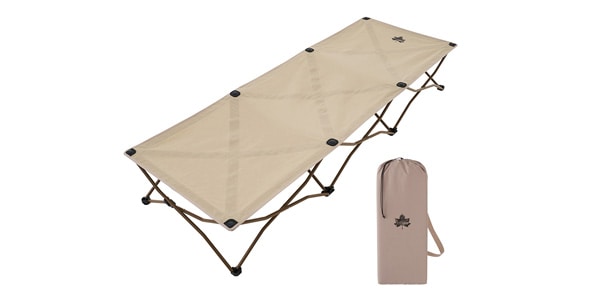
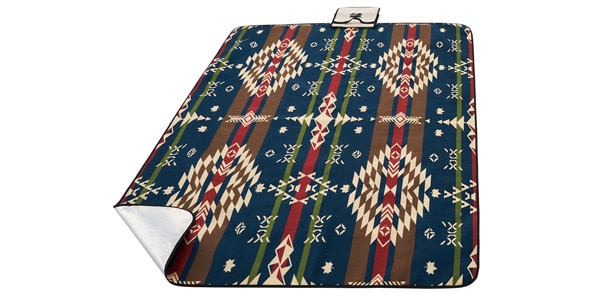
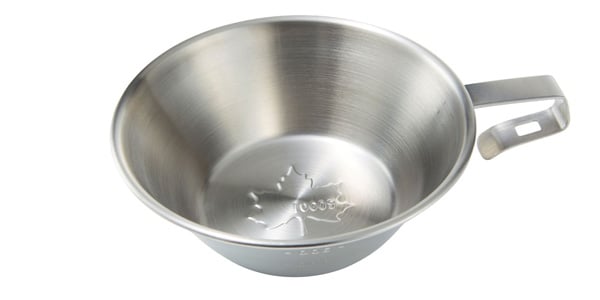
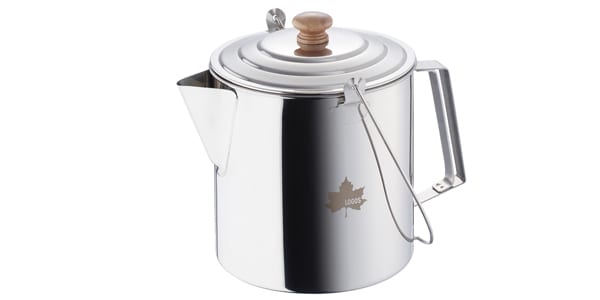
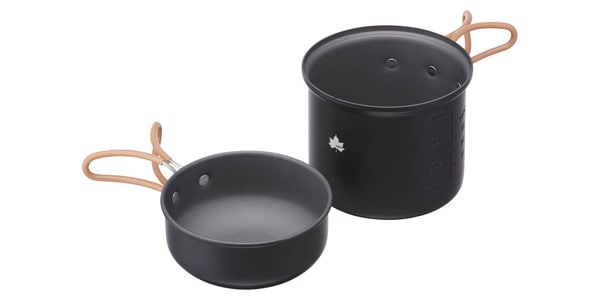
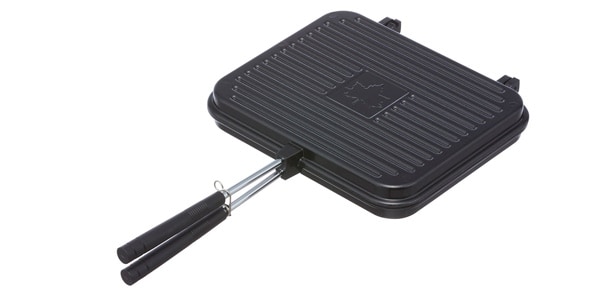
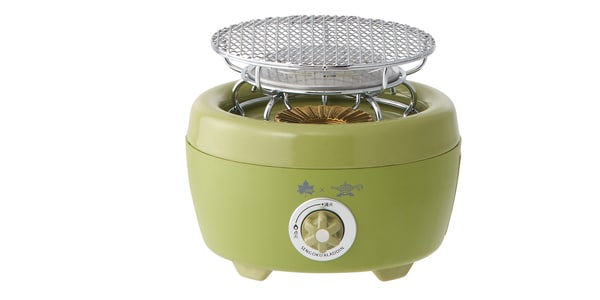
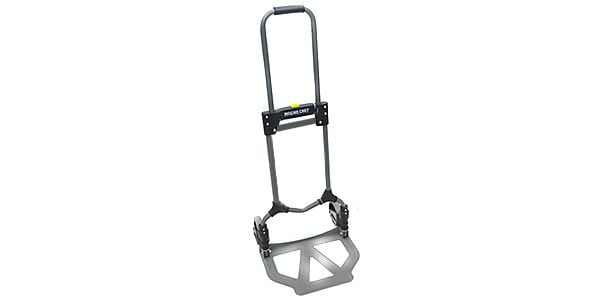
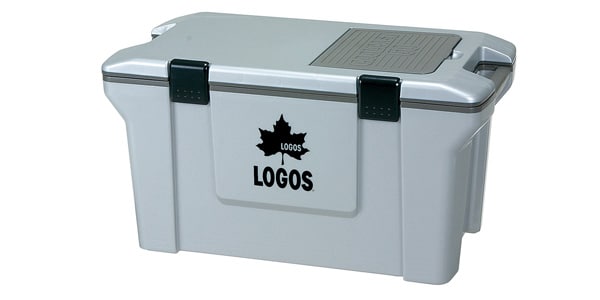
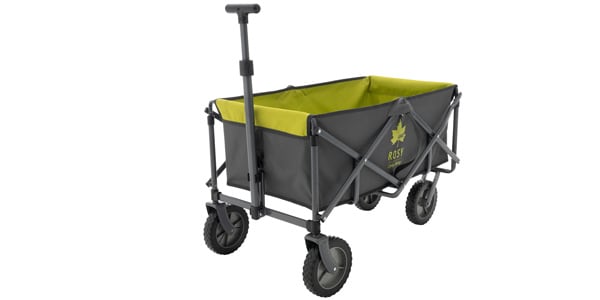

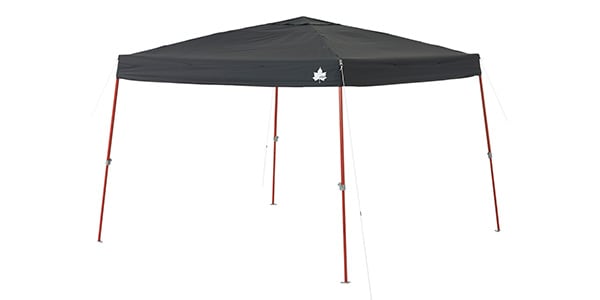
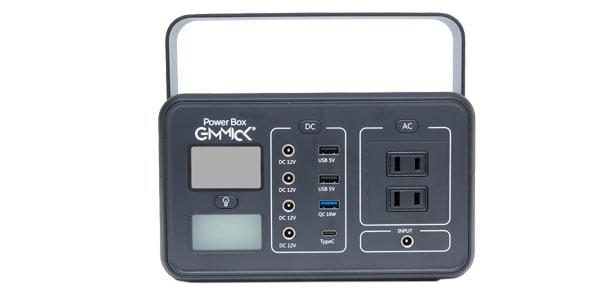
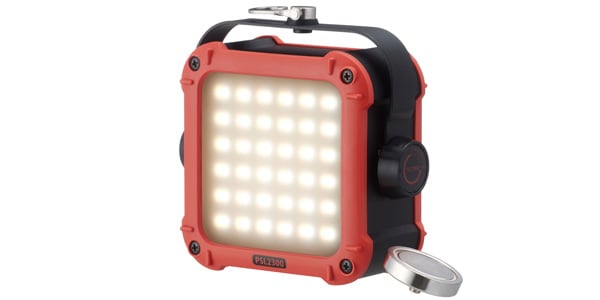
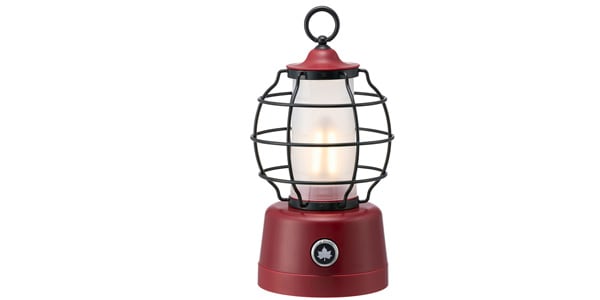



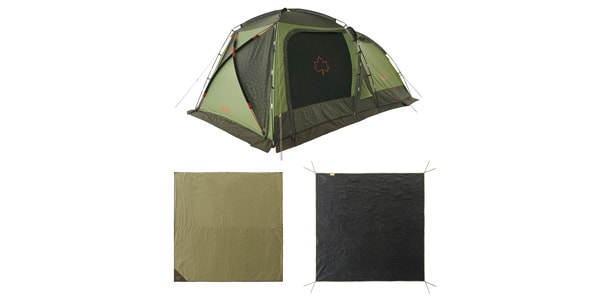


















![[Take Some Time to Relax!] A List of Camping Equipment that You Can Find at Sound House](/contents/uploads/thumbs/5/2022/1/20220121_5_16260_1.jpg)
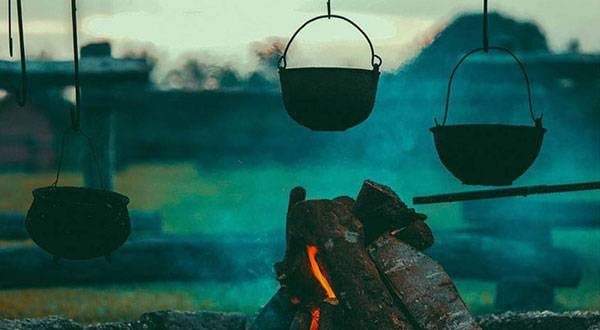
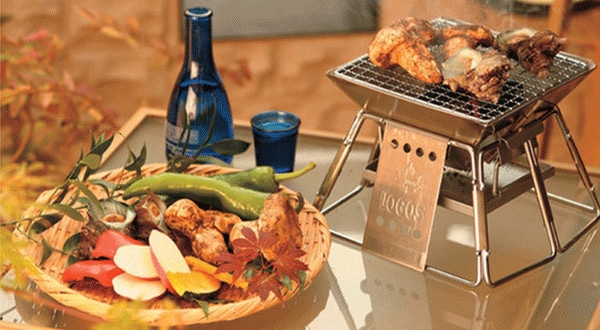

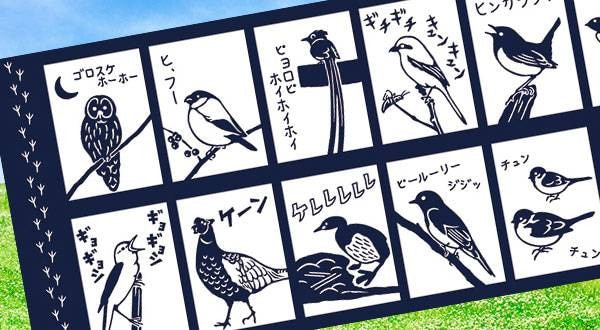
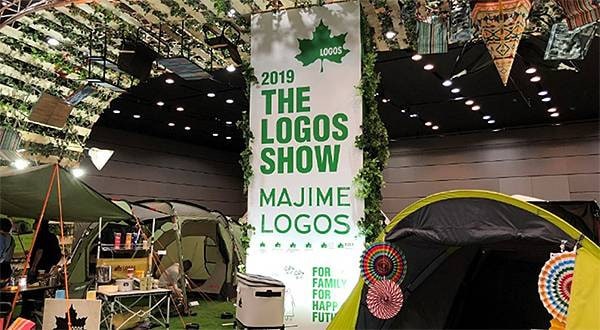
 お化けを倒してサウンドGET!
お化けを倒してサウンドGET!
 DTMセール情報まとめ
DTMセール情報まとめ
 タイプで選ぶ「良音」カラオケ配信機材
タイプで選ぶ「良音」カラオケ配信機材
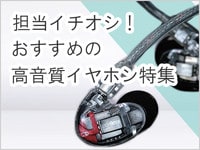 担当イチオシ!おすすめの高音質イヤホン特集
担当イチオシ!おすすめの高音質イヤホン特集
 ○○やってみた!
○○やってみた!
 サウンドハウス虎の巻 !
サウンドハウス虎の巻 !















